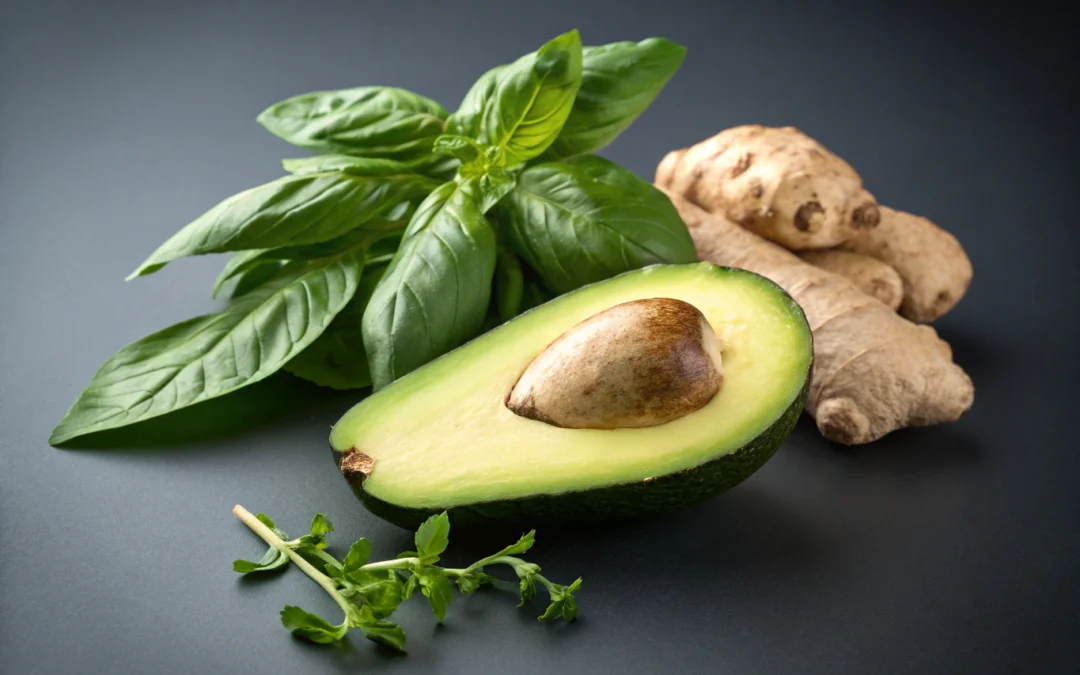Understanding Avocado and Its FODMAP Content
Avocado is often celebrated for its creamy texture and rich nutritional profile, making it a popular choice among health-conscious consumers. However, for those managing digestive sensitivities, particularly irritable bowel syndrome (IBS), understanding whether avocado fits into their diet can be confusing. If you’re curious about whether avocado is suitable for a low FODMAP diet, check out this detailed guide on is avocado low fodmap.
What Are FODMAPs?
Defining FODMAPs
FODMAPs are fermentable oligosaccharides, disaccharides, monosaccharides, and polyols—short-chain carbohydrates that are poorly absorbed in the small intestine. When these substances reach the large intestine, they are fermented by bacteria, producing gas and drawing water into the colon. This process can lead to symptoms like bloating, cramping, diarrhea, or constipation, especially in individuals with IBS.
Why Managing FODMAP Intake Matters
For many, reducing high-FODMAP foods can significantly alleviate digestive discomfort. However, not all foods are equally high in FODMAPs, and some, like avocado, occupy a nuanced position. The key is understanding portion sizes and individual tolerance levels.
Is Avocado Low FODMAP?
Portion Size Is Key
The answer to whether avocado is low FODMAP depends largely on how much you consume. According to research detailed on this resource, a small serving—about 1/8 of a whole avocado (roughly 30 grams)—is considered low in FODMAPs and typically tolerated by individuals sensitive to these carbohydrates.
High FODMAP Levels in Larger Servings
Consuming larger quantities, such as half an avocado or more, can significantly increase FODMAP content, potentially triggering symptoms. The FODMAP content rises with the amount eaten, so portion control is essential for those managing IBS or other digestive issues.
Practical Tips for Incorporating Avocado
Start Small
If you’re new to a low FODMAP diet or unsure about your tolerance, begin with a small portion—around 1/8 of an avocado—and see how your body reacts. Keep a food diary to track any symptoms that may occur after consumption.
Pair with Low FODMAP Foods
Combine avocado with other low FODMAP ingredients like leafy greens, cucumbers, or tomatoes. This approach not only enhances flavor but helps keep overall FODMAP intake in check.
Consider Preparation Methods
Avocado can be enjoyed in various forms—from slices on toast to guacamole. Be mindful of added ingredients, as some additions like garlic or onion can be high in FODMAPs, negating the benefits of a small avocado portion.
Final Recommendations for Consumers
- Limit avocado intake to about 1/8 of a fruit if you are sensitive to FODMAPs.
- Monitor your body’s response and adjust portion sizes accordingly.
- Pair avocado with other low FODMAP foods to create balanced meals.
- Consult with a registered dietitian if you experience ongoing digestive symptoms or need personalized guidance.
By understanding the FODMAP content of avocado and practicing mindful portioning, you can enjoy this nutritious fruit without compromising your digestive comfort. Remember, individual tolerance varies, so listening to your body is crucial in managing your diet effectively.
Checkout ProductScope AI’s Studio (and get 200 free studio credits)

